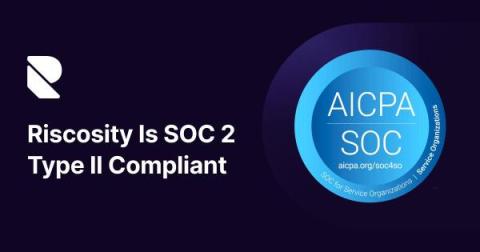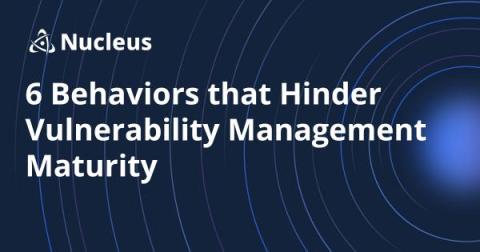What is a Cyber Security Audit vs. Assessment (And Which One You Need)
In this article: If you're a security leader being asked to facilitate a cybersecurity audit, or if you are a member of the board requesting one, you must understand the difference between a cybersecurity audit and a cybersecurity assessment. Despite sounding the same, both provide you with different types of information - and that might have a significant impact on your organization’s security posture. In this blog, we provide a quick introduction to a cybersecurity audit vs.








